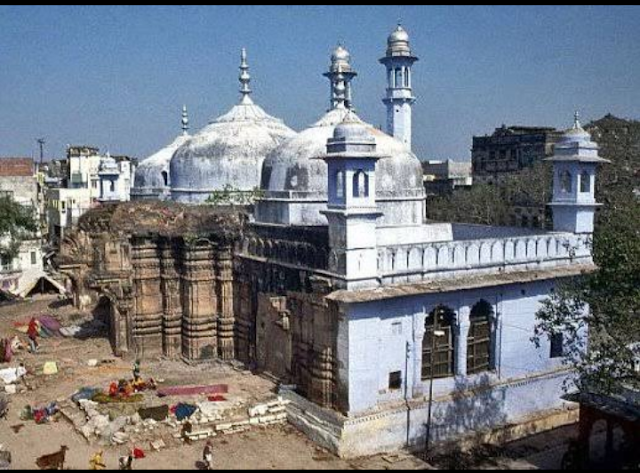Ek Bharat: integration of princely states
After Mountbatten plan the biggest question was about the princely states,as on one hand they were not capable to remain independent and on other many of them don't want to join any of the two dominions.
A major factor that had played a big role in integration was Mountbatten. As earlier it was decided that he would be the combined governor general of both the dominions. But at the last hour Jinnah refused the proposal which completely turn Mountbatten towards India. At this time Sardar Patel with VP Menon had talked the charge. Almost all the states had acceded peacefully.
Few states such as Travancore, Bhopal, Junagarh, Jodhpur, Hyderabad and kashmir gave some trouble before accession.
Travancore: It was one of the most prosperous and most literate state of British India. Located at an strategic point and had newly discovered reserves of monazite.
Travancore, led by its influential diwan Sir C.P. Ramaswamy Aiyar, was the first to clarify its intention of remaining independent after the lapse of British paramountcy. British government also supported it in view of cold war. But a brutal attack on his life by the members of Kerala socialist party changed his mind and advice the maharaj to accede to india.
Bhopal: The nawab was against congress and was very close to Jinnah. He also had good relation with Mountbatten. But the main problem for the small state was that it was surrounded by india. Hence both Jinnah and the nawab went to raja of udaipur but the raja refused by saying that if his ancestors have bow down in front of Mughals then probably it would be the largest state of Rajasthan. After that nawab also wrote to Mountbatten but he to can't help him and at last he had to accede.
Jodhpur: Though a state with a Hindu king and largely a Hindu population, Jodhpur had nearly defected to Pakistan having been offered a carte blanche by Jinnah. It was only at the last minute that the Maharaja came around and to accede to India.
Junagarh: Like Bhopal Junagarh had a muslim nawab ruling over a larger hindu population. Junagarh housed the hindu and jain pilgrimage places of Somnath and Girnar. On 14th August and under the influence of its diwan, Sir Shah Nawaz Bhutto, Junagarh announced its intention to accede to Pakistan. After sitting on the request for a few weeks, Jinnah accepted the accession on 13th September 1947.
Subsequently, Samaldas Gandhi, set up a provisional government of Junagarh' or Aarzi Hukumat at Bombay which soon became instrumental in flaring a popular agitation within Junagarh. Out of sheer panic, the Nawab fled to Karachi leaving the diwan to seek accession with India. Even though the formal transfer took place on 9th November 1947, the government of India organized a plebiscite (20th February 1948) to establish legitimacy and won 91% votes in its favor.
We have earlier read about Hyderabad.
With the great work of Sardar Patel and Patriotism of some Raja all the states had one by one accede to indian.





Comments
Post a Comment